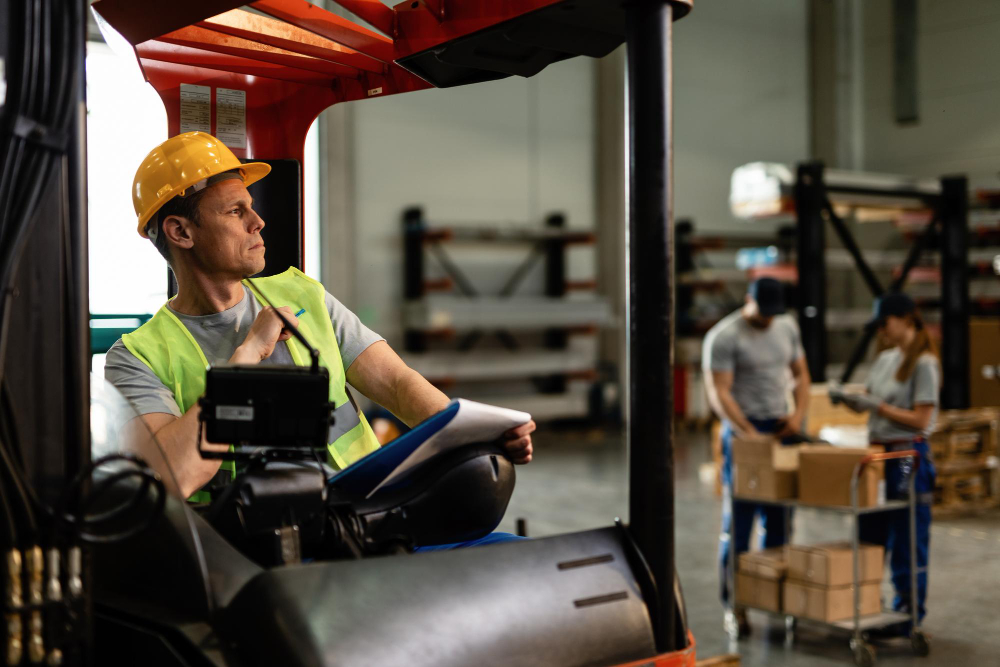In the modern industrial landscape, efficiency, safety, and productivity are paramount. One of the critical factors contributing to these goals is the effective use of material handling equipment. This equipment plays a vital role in the seamless movement, storage, control, and protection of materials throughout the manufacturing, warehousing, distribution, consumption, and disposal processes. This comprehensive article explores the importance, types, benefits, and best practices associated with material handling equipment to help businesses optimize their operations.
The Importance of Material Handling Equipment in Industry
Material handling is fundamental to almost every sector, from manufacturing plants and warehouses to logistics and retail distribution centers. The movement of goods, raw materials, and products must be efficient, safe, and cost-effective to maintain a smooth workflow.
Proper use of material handling equipment minimizes manual labor, reduces handling time, enhances safety by reducing workplace injuries, and contributes to better space utilization. The right equipment streamlines operations, ensuring materials are moved promptly, stored securely, and processed with minimal damage.
Categories of Material Handling Equipment
The vast range of Material Handling Equipment is designed to meet specific needs in handling, moving, storing, and controlling materials. The categories generally include:
1. Storage Equipment
These systems are designed to hold materials safely and efficiently. Examples include shelving, pallets, racks, bins, and automated storage systems. Proper storage equipment helps maximize vertical space, maintain organization, and facilitate quick retrieval.
2. Industrial Trucks
These are powered or manually operated vehicles that transport materials within a facility. Forklifts, pallet jacks, hand trucks, and platform trucks fall under this category. Industrial trucks boost mobility, especially for heavy or bulky items.
3. Conveyors and Sortation Systems
Conveyors are mechanical systems that move materials along a fixed path, reducing the need for manual transport. Sortation systems automate the process of directing goods to different destinations, essential in large warehouses and distribution centers.
4. Bulk Material Handling Equipment
This equipment handles loose bulk materials such as grains, coal, sand, or ore. Examples include bucket elevators, screw conveyors, hoppers, and loaders.
5. Ergonomic Equipment
Designed to reduce strain and increase operator comfort, ergonomic devices include lift tables, manipulators, and work positioners.
Benefits of Using Material Handling Equipment
Increased Productivity
Automating and mechanizing material handling reduces cycle times, expedites workflows, and enables continuous operations with minimal human intervention.
Enhanced Safety
Manual handling of heavy or awkward loads increases the risk of injuries. Material handling equipment helps reduce accidents by limiting direct human contact with heavy materials and improving ergonomics.
Cost Efficiency
Although acquiring equipment involves upfront investment, long-term savings come from reduced labor costs, minimized product damage, fewer workplace injuries, and better inventory management.
Better Space Utilization
Material handling solutions allow warehouses and plants to optimize floor space and vertical storage, accommodating more products in the same footprint.
Improved Inventory Management
Automated handling systems, combined with tracking technologies, enable real-time inventory monitoring, reducing errors and stockouts.
Choosing the Right Material Handling Equipment
Selecting appropriate equipment requires a thorough analysis of operational needs, including:
- Nature of Materials: Consider weight, size, shape, and fragility.
- Handling Tasks: Identify whether equipment is needed for loading, unloading, stacking, sorting, or transporting.
- Work Environment: Indoor vs. outdoor, flooring conditions, aisle widths, and temperature control.
- Throughput Requirements: Volume of materials handled daily.
- Operator Skill Level: Some equipment requires specialized training.
- Budget and Maintenance Costs: Consider total cost of ownership.
Consulting with equipment suppliers or experts helps align the selection with business goals and compliance requirements.
Emerging Trends in Material Handling Equipment
The industry is rapidly evolving, with technological advancements shaping the future of material handling:
Automation and Robotics
Automated guided vehicles (AGVs), autonomous mobile robots (AMRs), and robotic arms are increasingly deployed to automate repetitive tasks, increase accuracy, and reduce labor dependency.
Internet of Things (IoT) Integration
Smart sensors and connected equipment enable real-time monitoring, predictive maintenance, and data-driven decision-making.
Sustainability Initiatives
Energy-efficient equipment, electric-powered trucks, and sustainable materials are becoming standard to reduce environmental impact.
Ergonomics and Worker Safety
Advanced ergonomic designs and wearable technology help monitor operator health and prevent injuries.
Best Practices for Material Handling Equipment Management
Regular Maintenance
Scheduled inspection and servicing prevent unexpected breakdowns, ensuring reliability and safety.
Operator Training
Proper training enhances safe handling, correct operation, and prolongs equipment life.
Equipment Standardization
Standardizing equipment types across operations simplifies maintenance and training.
Space Planning
Efficient layout design minimizes travel distance and congestion, improving workflow.
Safety Protocols
Implement safety guards, emergency stops, and clear signage to protect workers.
Conclusion
Investing in the right material handling equipment is crucial for businesses aiming to improve operational efficiency, safety, and cost-effectiveness. From storage solutions to industrial trucks and automation, selecting equipment tailored to specific needs can significantly transform workflows.
As industries continue to evolve with technology and sustainability priorities, integrating modern, smart material handling systems will become increasingly important. Companies that embrace these innovations and follow best practices in equipment management will gain a competitive edge through enhanced productivity and safety.
Incorporating material handling equipment into your operational strategy is not just about moving goods—it’s about moving your business forward efficiently and safely.
For more, visit Pure Magazine

